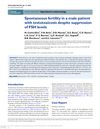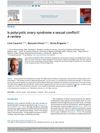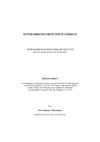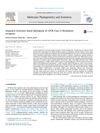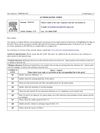Insights Learned from L457(3.43)R, an Activating Mutant of the Human Lutropin Receptor
October 2006
in “
Molecular and Cellular Endocrinology
”
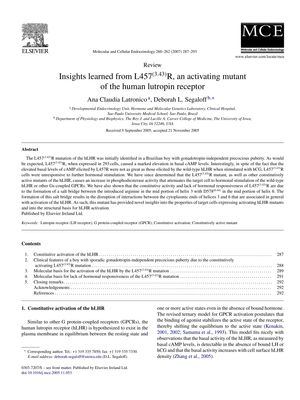
TLDR The L457(3.43)R mutation in the human lutropin receptor causes increased activity and hormone insensitivity, leading to precocious puberty.
The document examines the effects of the L457(3.43)R mutation in the human lutropin receptor (hLHR), which was found in a Brazilian boy with precocious puberty. The mutation caused increased basal cAMP levels in 293 cells and made the cells unresponsive to hormonal stimulation. The study revealed that the mutation's constitutive activity and lack of hormonal responsiveness are due to a salt bridge formation between the introduced arginine and D578(6.44), which disrupts normal hLHR activation. The mutation led to high serum testosterone, rapid bone age progression, and poor treatment response in the clinical case. Additionally, molecular dynamics simulations supported the experimental findings by predicting structural changes in the hLHR due to the mutation. The study also demonstrated that the mutation induces PDE activity, particularly PDE4D3, to regulate cAMP levels, although this does not fully negate the cAMP response. The number of participants or cells used in the study was not specified in the summary provided.
